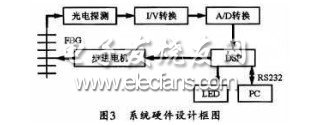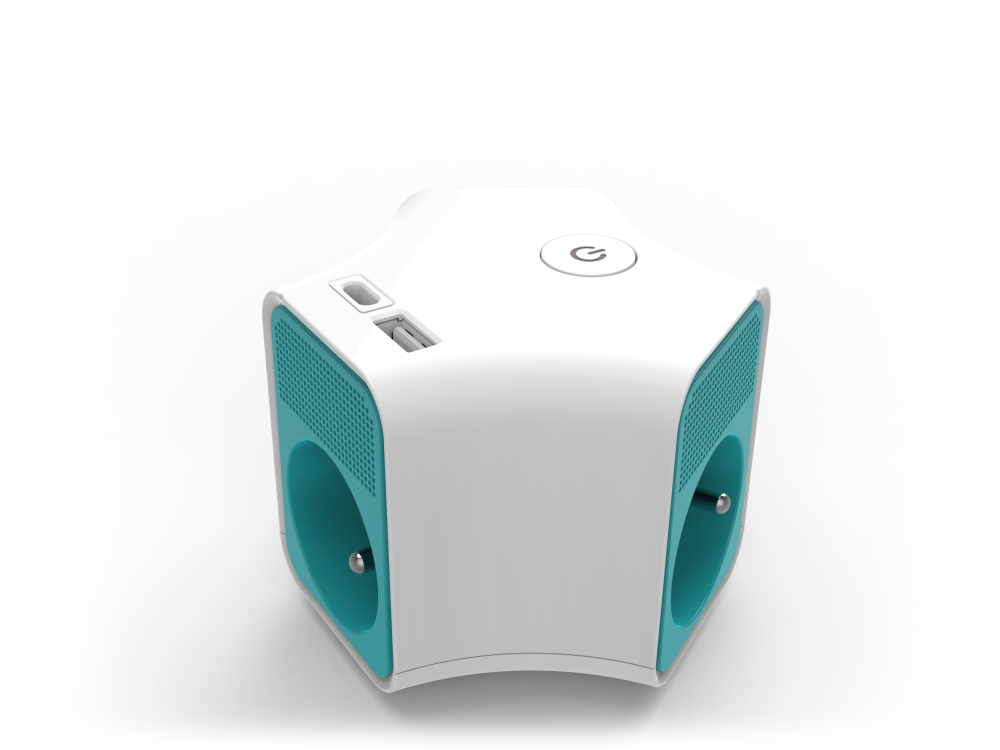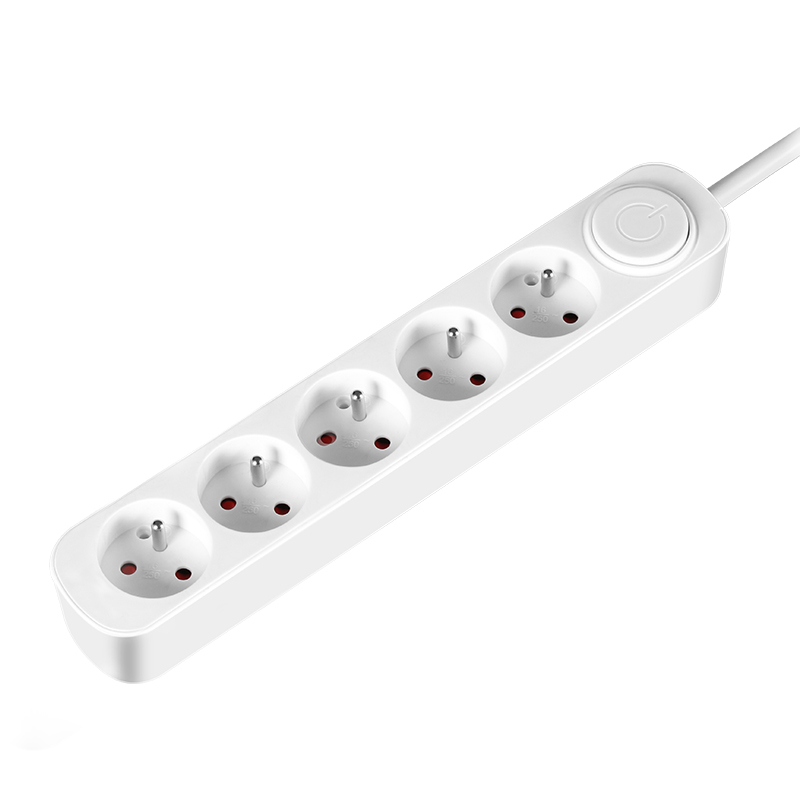introduction
Fiber Bragg Grating Sensors (FBGS) are functional fiber optic sensors that use fiber Bragg gratings (FBGs) as sensitive components for direct detection of temperature and strain, as well as indirect measurements of many other physical and chemical quantities related to temperature and strain. Wavelength demodulation is an important aspect in the application of fiber Bragg grating sensors. The main obstacle currently limiting the application of FBG sensors is the demodulation of the sensing signals. The wavelength demodulation methods mainly include spectrometer, oblique-edge filtering method, tunable filtering method, interference scanning method, matching grating method and the like. However, among these methods, the cost of the spectrometer is high, the resolution of the oblique-edge filtering method is small, the interferometer has no good repeatability, and the scanning period of the tunable filter is long. Therefore, in recent years, the matching grating method has been increasingly favored by people. To this end, the paper introduces a simple, inexpensive system design method for detecting fiber grating sensors by two parallel matched grating demodulation.
1 double grating matching principle
The schematic diagram of the double grating matching system is shown in Fig. 1. Light from the broadband source enters the sensing FBG via a 3 dB coupler. After being reflected by the FBG, two matched gratings are input, and the corresponding two photodetectors obtain optical signals related to their corresponding wavelengths, and then converted into electrical signals by the photodetector and enter the signal acquisition and processing circuit to extract useful signals, and finally Subsequent signal processing systems implement data acquisition and processing.

In Figure 1, PD1 and PD2 are photodetectors, and the optical power P detected by the photodetector is:

Where I1(λ) and I2(λ) are the reflected power spectral density functions of the sensing grating and the matching grating, respectively. The reflected power spectrum functions of both can be approximated by a Gaussian function:

Where, I0 is the peak intensity of the reflection spectrum; λs is the wavelength value corresponding to the intensity of the reflection spectrum I0; Δλs is the 3 dB bandwidth of the reflection spectrum. In general, the amount of optical power detected by the photodetector is proportional to the convolution size of the reflection spectrum of the sensing grating and the matching grating. The smaller the difference between the center wavelength λc of the sensing grating and the center wavelength λp of the matching grating, the larger the corresponding convolution value. Since Δλ is larger than the threshold Δλmin, the convolution value may be too small to continue demodulation, and thus the demodulation range may be limited.
The normal matching method has only one sensing grating and one matching grating, corresponding to only one Δλ. When the Δλ ≥ Δλmin, the demodulation system will not be able to continue demodulation. For a dual-grating matched demodulation system, the center wavelength of the sensing grating and the two parallel matched gratings are approximately equal, but slightly different. The three relationships are: λp1 < λc < λp2, and λp1 and λp2 represent the center wavelengths of the two matched gratings, respectively. Λc is the center wavelength of the sensing grating. When the sensing grating is under external stress, △λ1=?λc-λp1?, △λ2=?λc-λp2?; when λc increases, △λ1 increases, △λ2 decreases; when λc decreases, △λ1 Decrease, Δλ2 increases. Figure 2 shows the relationship between △λ1, △λ2 and λc, where Δλmin is the minimum value that the photodetector can detect. Therefore, as can be seen from Fig. 2, in theory, a dual-grating-matching demodulation system always has at least one photodetector that can detect the available optical signal.

2 DSP-based demodulation system design
2.1 system hardware design
The light reflected by the matching grating is incident on the photodetector (PD) and can be converted into an electrical signal. The photoelectric conversion part and the signal acquisition part mainly complete the collection of the PD output electrical signal, and the collected signal is converted into a digital signal and processed by the DSP. The DSP mainly completes the interpolation and peaking processing of the data, and feeds back to the DSP according to the processing result. The DSP controls the stepping motor to complete the demodulation work according to the feedback signal. The hardware block diagram of the system is shown in Fig. 3.

In order to achieve high-precision data sampling, this system selects a 12-bit successive approximation analog-to-digital conversion chip AD1* with parallel microcomputer interface to realize the analog-to-digital conversion of the system. AD1* internal sample-sampling (SHA), 10V reference, clock source, and a temporary/three-state output buffer that interfaces directly with the microprocessor bus.
This system uses TMS320VC5402 as the main control chip. The fixed-point DSP chip can realize the processing of the fiber grating sensing signal, the control and display of the stepping motor. The chip has powerful data processing and processing functions, and its RPT and MAC instructions can be used to achieve multiply and accumulate operations in a single instruction cycle. Its flexible circular buffer and efficient C language enable the TMS320VC5402 to easily implement cyclic addressing and convolution of data for high-speed demodulation.
French Type Electionics Connection



French power strips distribute power to multi devices, computer, refrigerator, etc at same time. The dural plastic housing(flame retadent PP merterial) stands 750 degree high temperature, children safety shutter, premium safety for you and your family. Right-angle plug type E can be flexibility used for suers and save space at same time. The KYFEN French USB power strips with USB type A or type C, deliver power to moblie phone, game machine or other mobile machine. KYFEN French extension cord socket got CE/NF/RoHS/REACH approved, comply with eu sales requirements.
French Type Electionics Connection,Electrical Connector,Electrical Wire Connectors,Power Extension Socket
CIXI KYFEN ELECTRONICS CO.,LTD, , https://www.kyfengroup.com
